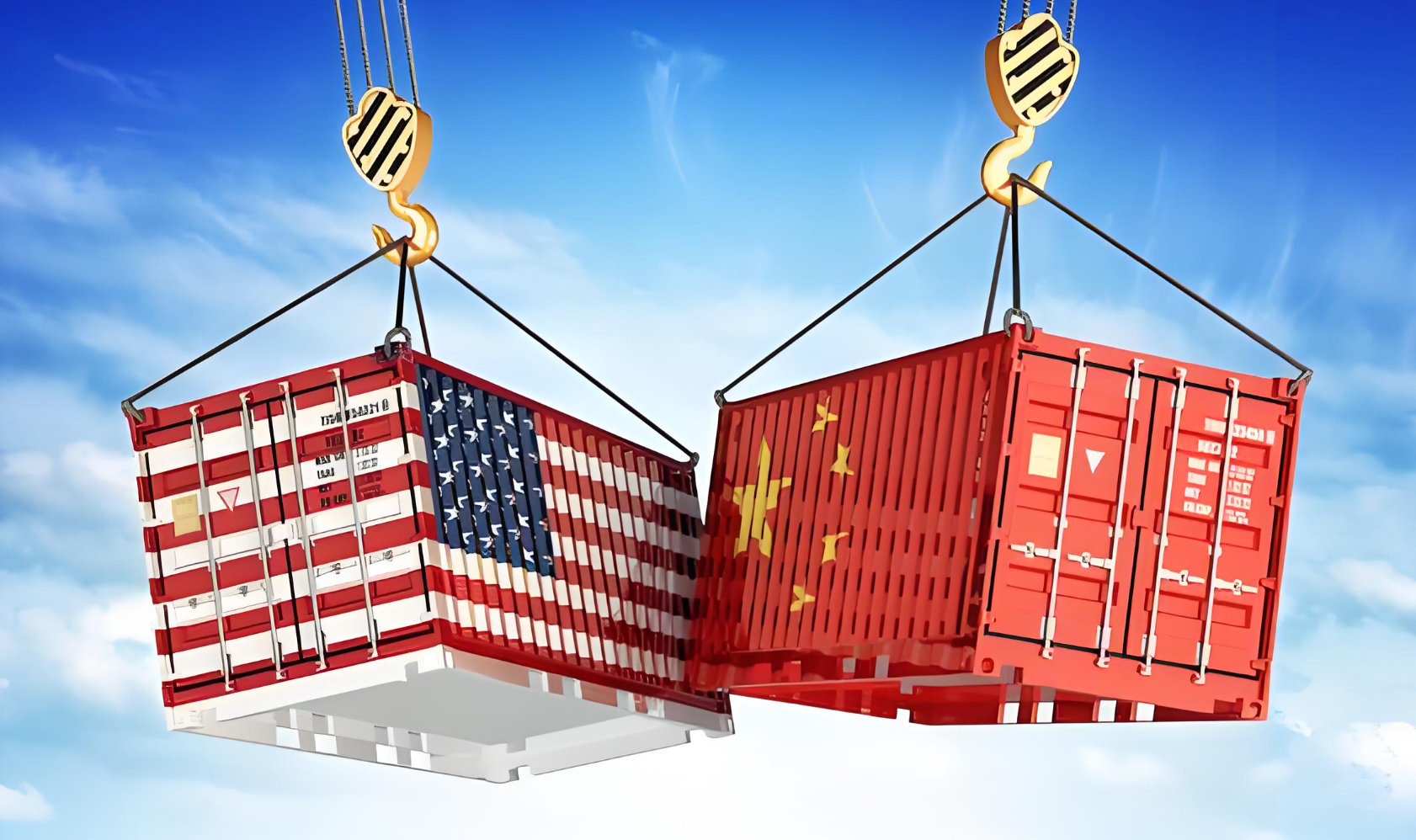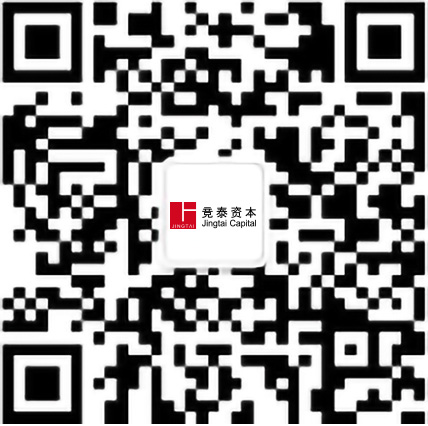
On April 11, the Customs Tariff Commission of the State Council issued an announcement to adjust the additional tariff rate stipulated in the Announcement of the Customs Tariff Commission of the State Council on Adjusting the Additional Tariff Measures on Imports Originating in the United States (Tariff Commission Announcement [2025] No. 5) from 84% to 125%. In view of the fact that under the current tariff level, there is no possibility of market acceptance of US goods exported to China, if the US side continues to impose tariffs on Chinese goods exported to the United States in the future, the Chinese side will ignore them.
Since then, the tariffs imposed by the United States on China have become a numbers game and have no economic significance. This is not so much that Trump exerts maximum pressure, but more like a poor donkey, as if a baby can't speak and forcibly quarrels with others.
So, what should we pay attention to after the 125% tariff countermeasure against the United States? Jingtai will help you decipher.
Don't focus on numbers games that don't make sense
The fact that the United States has imposed high tariffs on China now looks more like a "numbers game" and has little practical meaning economically. Doing so simply makes it look like the U.S. is using the tariffs as a tool or a weapon to try to get the job done by pressuring. Not only is this practice limited, but it may become a joke.
If the United States continues to play this "numbers game", China may not care too much. But if the United States does take action that substantively undermines China's interests, then China will certainly resolutely fight back and accompany it to the end.
China said it will unswervingly do its own thing, respond to the uncertainties of various external environments with its own stability, and continue to be an anchor of stability in a turbulent world. In other words, no matter how the outside world changes, China will focus on its own development and keep moving forward at a steady pace.
Which industries will be most directly impacted?
The 125% tariff is not a symbolic measure, but a powerful blow that could reshape the trade landscape. Once this tax rate is implemented, the selling price of related US goods in the Chinese market will soar, and may even be forced to withdraw from the competition. Judging from historical countermeasures, new energy vehicles, lithium batteries, photovoltaic modules, semiconductor equipment and agricultural products (such as soybeans and corn) are the most likely to be the key targets.
New energy: China dominates the supply chain of electric vehicles and lithium batteries, and if the United States imposes high tariffs, it may force domestic companies to accelerate the deployment of overseas production capacity (such as Southeast Asia and Mexico).
Semiconductors and technology: The United States may further tighten export controls on key technologies such as advanced process equipment and AI chips to China, and accelerate China's domestic substitution.
Agriculture: China has historically responded to trade wars with agricultural products, and an increase in tariffs on U.S. soybeans could push up domestic feed costs and affect the profitability of the livestock industry.
Investors need to pay close attention to the specific list, prioritizing industries with high dependence on the United States, and at the same time pay attention to domestic substitution opportunities.
How will the global supply chain be restructured?
High tariffs not only affect commodity prices, but also force companies to adjust their global production layout. The trend of "de-Chinaization" or "de-Americanization" of supply chains may accelerate, but complete decoupling is still unrealistic, and it is more of a "selective decoupling".
Strategies for Chinese companies:
Overseas factories: New energy giants such as CATL and BYD have already deployed in Mexico, Thailand and other places, and more companies may follow suit in the future. Entrepot trade: Southeast Asian countries such as Vietnam and Malaysia may become transit points, and companies export through third countries to avoid tariffs.
The Dilemma of U.S. Businesses:
Soaring costs: Companies that rely on Chinese supply chains, such as Apple and Tesla, may face downward pressure on margins. Forced to choose one or the other: Some companies may have to abandon the Chinese market or suffer higher production costs.
How will financial markets react?
Short-term market sentiment is bound to fluctuate, but long-term trends depend on policy and corporate adaptability.
A-share market:
Domestic substitution concepts (semiconductors, industrial machine tools, new materials) may be sought after by funds, especially in the field of "stuck neck" technology supported by policies. Export-oriented companies (e.g., consumer electronics, textiles) that are highly dependent on the U.S. may put pressure on their stock prices.
U.S. stock market:
Companies that rely on the Chinese market (e.g., Apple, Tesla, Qualcomm) may face the risk of valuation downgrades. U.S. domestic manufacturing (e.g., steel, chemicals) may benefit short-term from trade protectionist policies.
Commodity Markets:
If agricultural products (soybeans, corn) are countered, prices may fluctuate wildly, affecting the pattern of global food trade.
Will the "decoupling" between China and the United States accelerate?
The 125% tariff marks a new phase of the trade war, and "selective decoupling" is a foregone conclusion, but full decoupling is still unrealistic.
Science and technology: The United States may expand its blockade of cutting-edge technologies such as AI, quantum computing, and biotechnology to China, forcing China to innovate independently.
Manufacturing: Some low-value-added industries (e.g., apparel, toys) may relocate to Southeast Asia, but high-end manufacturing (e.g., new energy, semiconductors) will remain rooted in China.
Finance and Investment: Capital flows between China and the United States may be further restricted, the risk of delisting of Chinese concept stocks remains, and Hong Kong stocks and A-shares may become the main financing channels.
The high tariff war is not only a problem between China and the United States, but also an impact on the global trade order. WTO rules are marginalized, and countries may be forced to "choose sides", forming a parallel pattern of "pro-US supply chains" and "pro-China supply chains".
Emerging markets benefit: Mexico, India, and Vietnam could become manufacturing hubs for multinationals to diversify their risk. Inflation risks: Rising global supply chain costs could push up end-commodity prices and slow the pace of Fed rate cuts.
Strengthened geo-economic alliances: China is likely to deepen cooperation with Belt and Road countries and reduce its dependence on Western markets.
Jingtai suggests that investors should pay attention to the impact of geopolitics on the supply chain and give priority to companies with a layout in multiple markets. Trade wars are protracted wars, and market volatility creates opportunities to miss shots. Stay calm, buy high-quality assets on dips, and avoid emotional trading.





